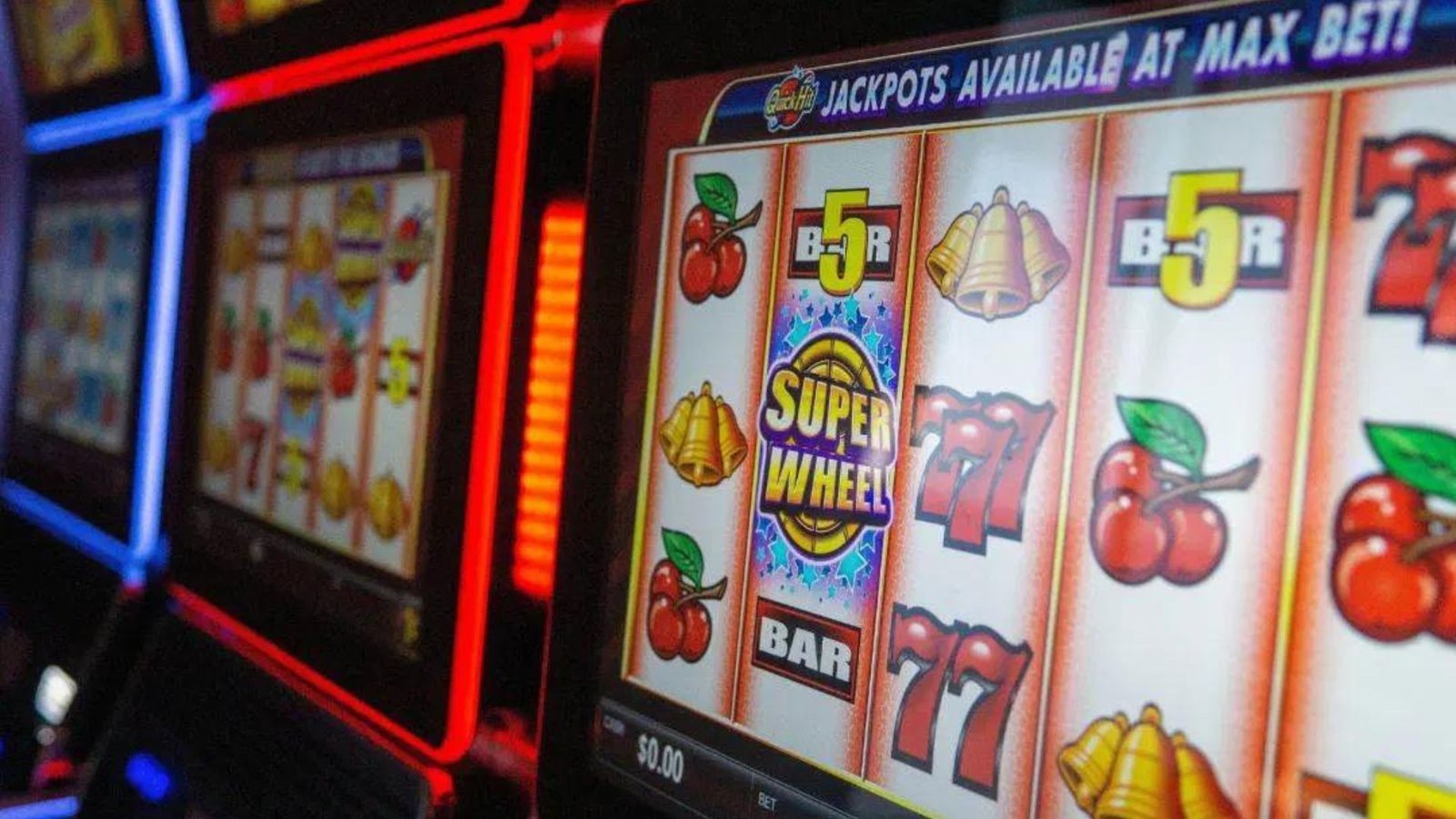With the ever-increasing popularity of mobile devices, the gaming industry has recognized the importance of optimizing slot games for different devices. The ability to adapt to various screen sizes, operating systems, and performance capabilities is crucial to providing an exceptional gaming experience. In this post, we will delve into the world of mobile slot optimization, exploring how game developers tailor their creations to meet the needs and expectations of players on different devices.
- Understanding Mobile Slot Optimization:
Mobile slot optimization involves adapting traditional slot games to function seamlessly on various mobile devices, including smartphones and tablets. We explore the technical aspects involved in optimizing graphics, animations, and gameplay mechanics to ensure compatibility and performance across different platforms.
- Responsive Design and User Interface:
Responsive design plays a key role in mobile slot optimization. Game developers employ user interface (UI) and user experience (UX) design principles to create intuitive and user-friendly interfaces that adapt seamlessly to different screen sizes, orientations, and touch controls. We discuss the importance of intuitive navigation, clear visual indicators, and optimized user interactions.
- Performance Optimization:
The performance of a slot game on mobile devices is crucial for a smooth and enjoyable gaming experience. We delve into the techniques used by developers to optimize loading times, reduce battery consumption, and minimize the impact on system resources. Strategies such as optimizing memory management, efficient asset loading, and code optimization are explored.
- Adaptation to Different Operating Systems:
Mobile devices run on various operating systems, such as iOS and Android, each with its own unique characteristics. We examine how game developers adapt their slot games to ensure compatibility and consistency across different platforms, including utilizing platform-specific features and adhering to design guidelines.
- Customization and Personalization:
Mobile slot optimization doesn’t stop at technical considerations. Developers also strive to provide customization options that allow players to tailor their gaming experience. We discuss the inclusion of adjustable settings, such as graphics quality, sound preferences, and betting limits, to cater to individual player preferences.
- Cross-Platform Compatibility and Progress Syncing:
In an interconnected gaming landscape, cross-platform compatibility and progress syncing are essential. We explore how game developers enable players to seamlessly transition between devices, allowing them to access their game progress, achievements, and in-game purchases from different platforms.
- Smoothing the Transition to Mobile:
For players accustomed to traditional land-based or desktop slot games, transitioning to the mobile gaming environment can be a significant adjustment. We discuss how game developers implement familiar gameplay mechanics, themes, and features to provide a seamless and intuitive experience for both novice and experienced players.
Conclusion:
Mobile slot optimization is a crucial process that ensures slot games adapt seamlessly to the unique characteristics of different mobile devices. By employing responsive design, optimizing performance, adapting to various operating systems, providing customization options, enabling cross-platform compatibility, and smoothing the transition to mobile, game developers strive to deliver an engaging and enjoyable gaming experience wherever players choose to play. As technology continues to advance, mobile slot optimization will continue to evolve, offering players ever-improving experiences and pushing the boundaries of mobile gaming.











